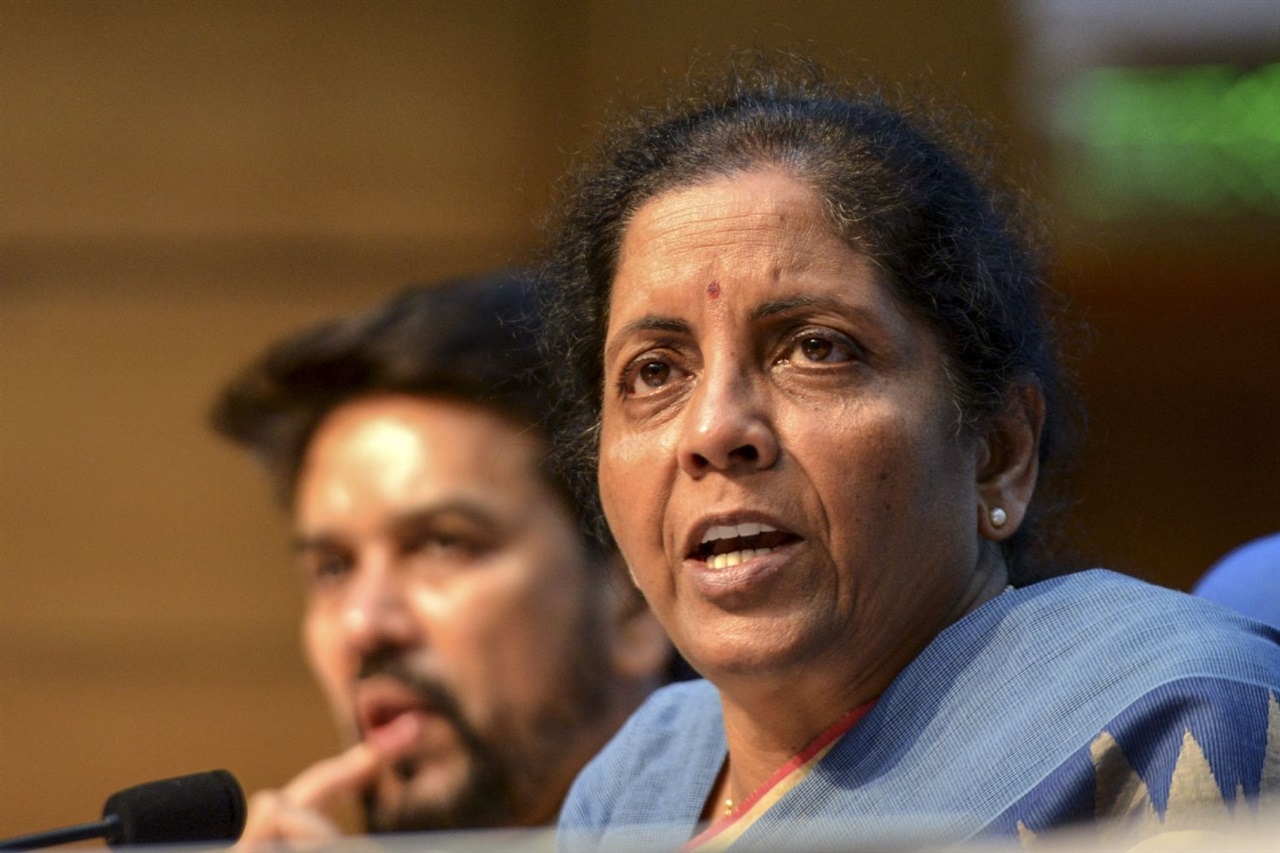Tech Boost: India Slashes Import Duties to Supercharge Homegrown Electronics Manufacturing

In a bold move to revolutionize India's manufacturing landscape and solidify its position in global supply chains, the government has unveiled a groundbreaking strategy in the latest federal budget for 2025-26. The centerpiece of this economic transformation is the complete elimination of import taxes on a wide range of electronics components, signaling a powerful commitment to boosting domestic production and technological self-reliance.
This strategic decision aims to create a more competitive environment for local manufacturers, encouraging innovation and investment in the electronics sector. By removing financial barriers to importing critical components, the government is effectively paving the way for a more robust and dynamic manufacturing ecosystem. The move is expected to attract both domestic and international investors, positioning India as an increasingly attractive destination for high-tech manufacturing.
Experts view this tax elimination as a game-changing policy that could potentially accelerate India's ambitions to become a global manufacturing hub. The initiative aligns perfectly with the nation's broader economic goals of reducing import dependence and creating more high-skilled jobs in the technology and manufacturing sectors.

